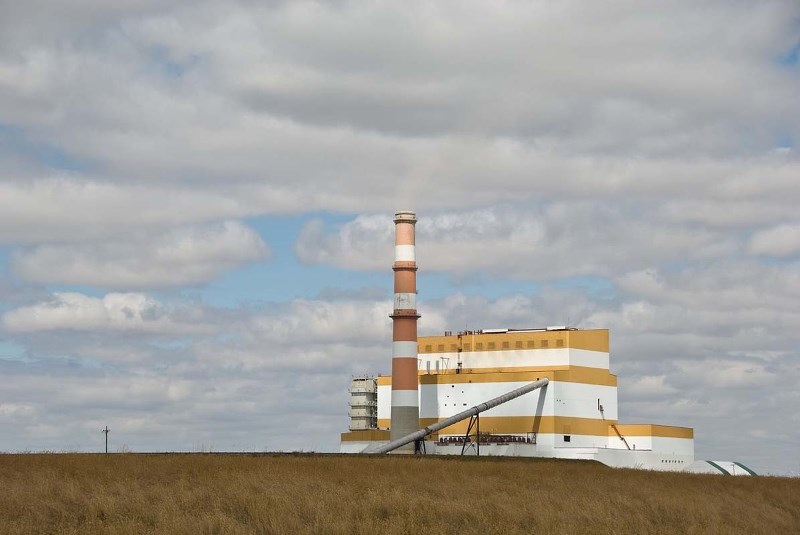A new road and parking lot now under construction in St. Albert will soon make it a lot easier to drive to Lois Hole Park.
Construction of a new access road and parking lot started last week in Lois Hole Centennial Provincial Park.
The project is meant to help people get to the park and the John E. Poole interpretive wetland more easily, said Andy Van Imschoot, regional director for Alberta Tourism, Parks and Recreation.
Right now, the only way for residents to legally reach the park by car is to park by the rugby club almost a kilometre away, which is quite a hike, Van Imschoot said.
This project, once complete, will allow people to drive down a gravel road off Ray Gibbon Drive and park next to the washrooms south of the wetland. The parking lot should be big enough to fit five buses and a few cars, Van Imschoot said.
Expect to see equipment at work in the field west of the Enjoy Centre over the next few weeks, Van Imschoot added. Access to the park will not be affected.
While the parking lot and road should be built by the end of March, Van Imschoot said residents wouldn’t be able to use them until a turnout lane is added to Ray Gibbon Dr. – something that should happen next spring.
“We’re pretty pleased that at least we’ve got construction started here.”
The road and parking lot should be ready to use by next summer, Van Imschoot said.
Call Van Imschoot at 780-960-8170 ext. 228 for details.
Albertans could save millions in health care costs by getting rid of coal-fired electricity, says an American neurologist.
Alan Lockwood, a retired professor of neurology and expert on the health effects of coal from the University at Buffalo, N.Y., spoke to Edmonton-area residents and leaders Monday on the health costs of coal as part of a tour hosted by the Solar Energy Society of Alberta.
About 52 per cent of the electricity generated by Alberta in 2012 came from coal, reports Alberta Energy.
That generation carried with it tremendous health costs, said Lockwood, author The Silent Epidemic: Coal and the Hidden Threat to Health.
“There are over 60 hazardous air pollutants that are discharged into the air when coal is burned,” he said, including sulfur and nitrogen oxides (which cause acid rain), mercury (which affects brain development), arsenic and various radioactive compounds.
Multiple epidemiological studies have linked this pollution to increased rates of heart disease, asthma, lung cancer and many other fatal illnesses, he said.
“If we were able to put ‘burning coal and inhaling coal-derived pollution’ on death certificates, it would clearly be in the top 10 causes of death in the U.S.”
Research by the Canadian Association of Physicians for the Environment suggests that coal-fired electricity in Alberta costs the province about $300 million a year in lost productivity due to asthma and premature deaths, said Joe Vipond, a Calgary emergency room doctor and member of that organization.
“The health impacts are quite significant.”
A 2002 study in The Lancet found that Dublin, Ireland, had about 359 fewer respiratory or cardiovascular deaths per year after it banned the burning of coal in the 1990s, Vipond noted – a drop likely caused by the elimination of coal pollution.
The Environmental Protection Agency has found that the U.S. will have saved about $2 trillion in health care costs a year by 2020 due to improved air quality caused by efforts to clean up coal-fired electricity, Lockwood said.
“The gorilla in the room is the greenhouse gas emissions,” Vipond said of coal – a major source of said gases.
“Climate change is going to be having substantial health impacts in upcoming decades if we don’t act on it today.”
Coal is the most expensive energy source available once you account for health care costs, Lockwood said. He and Vipond encouraged Albertans to get off coal – within 10 years.
Burning fossil fuels is not a sustainable course of action, Lockwood said.
“Albertans and others need to convert the power industry to a more sustainable form of energy production.”




